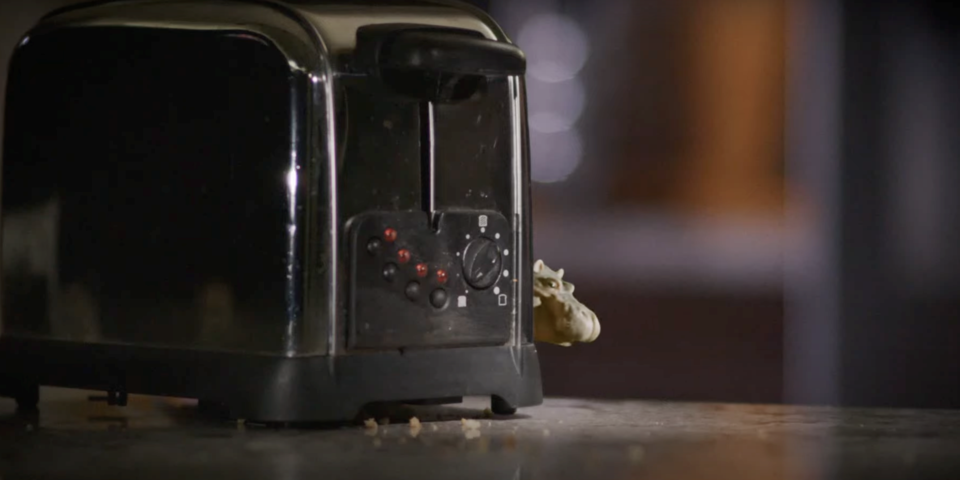MediaSmarts has lured the elusive house hippo out of hiding to teach Canadians a lesson in digital misinformation.
As part of Canada’s nineteenth annual Media Literacy Week, MediaSmarts has launched a new campaign focused on emerging AI content, reminding people to fact-check and verify sources before sharing something online.
"The house hippo is a perfect reminder that it's easier than ever to be fooled by what we see on our screens, particularly with the rise of deepfakes," said MediaSmarts Executive Director Kathryn Ann Hill.
Hill said AI literacy is founded in media literacy and that it’s important for people of all ages to learn these skills.
“If we all take a moment to pause and check before we share information with our friends and family, especially when it comes to topics like politics and health, we can help stop the spread of misinformation."
The Break the Fake house hippo campaign is funded by the Government of Canada.
The original house hippo public service announcement, produced by Concerned Children's Advertisers, aired in 1999 with the intent of teaching kids to think critically about what they saw on TV. “That looked really real, but you knew it couldn’t be true, didn’t you. That’s why it’s good to think about what you’re watching on TV and ask questions,” the narrator says at the end of the commercial.
Twenty-five years later, tube TVs are ancient history, but there has never been more need to critically sift through the media we consume.
“The surge of misinformation and disinformation online is increasing, especially with the rapid advance of generative AI technologies. This global challenge threatens not only the confidence Canadians have in the media and institutions, but also in our democracy," said Pascale St-Onge, Minister of Canadian Heritage.
"Campaigns like MediaSmarts' Break the Fake have a critical role to play in teaching us to examine what we see online more critically. Making people aware and mobilizing them is important so that technological innovation, including AI, happens in an ethical and responsible way, while respecting our democratic values."
The MediaSmarts campaign gives four techniques for testing the authenticity of any article, video, or social media post you may come across:
- Use fact-checking tools: See if a fact-checker like Snopes.com has debunked the story.
- Find the source: Click on the link in a social media post to take you to the original story, so you can see if it comes from a trusted source.
- Verify the source: Check Google or Wikipedia to see if the source is real and whether they have a good track record.
- Check other sources: Do a search to see if other news outlets are reporting the same story.
The organization says it will be conducting a research study to measure the effectiveness of the Break the Fake campaign by using surveys and focus groups to check how well participants can spot and respond to false information. Results from this study will be released in 2025.




